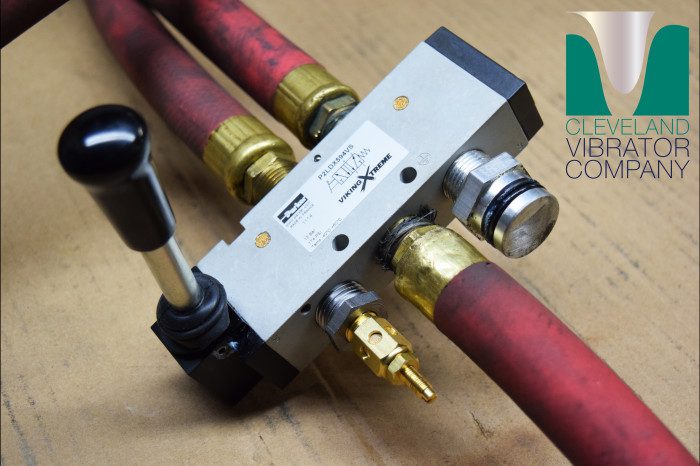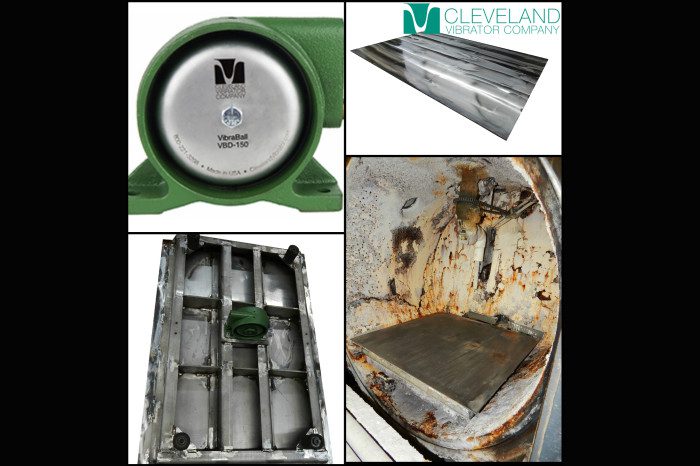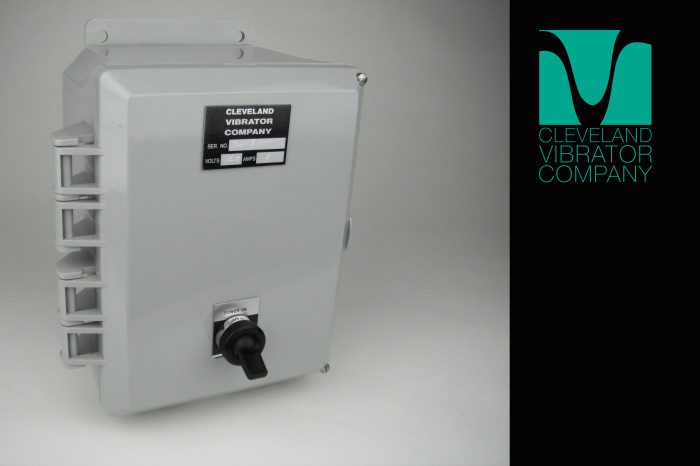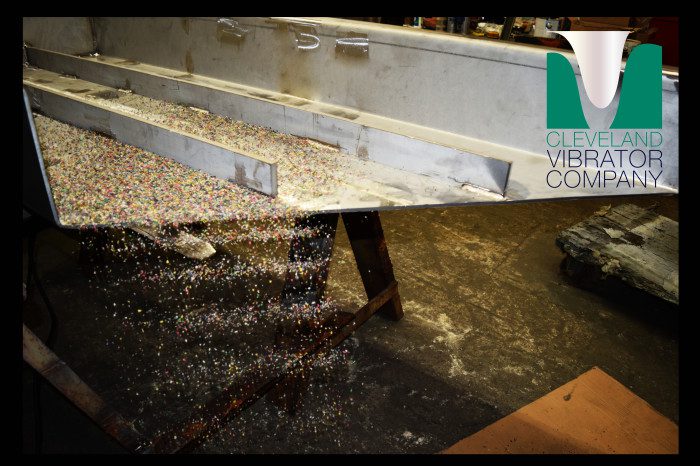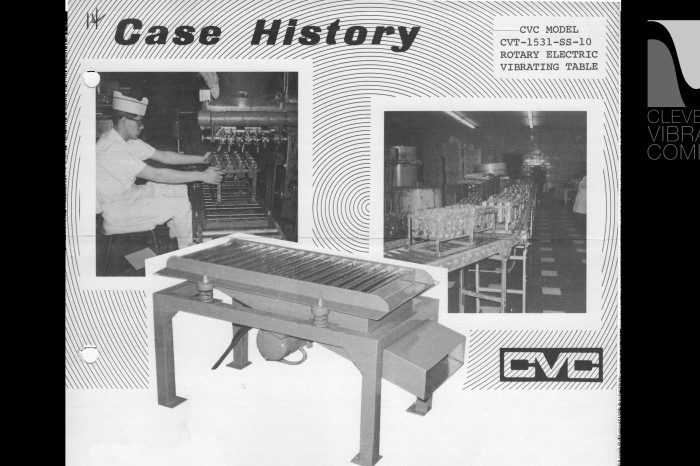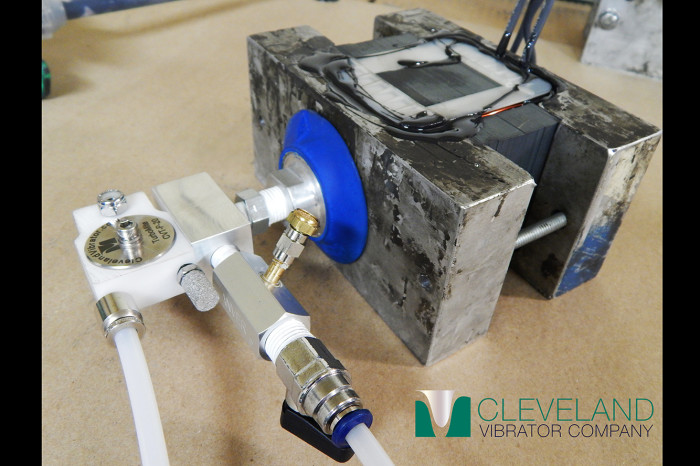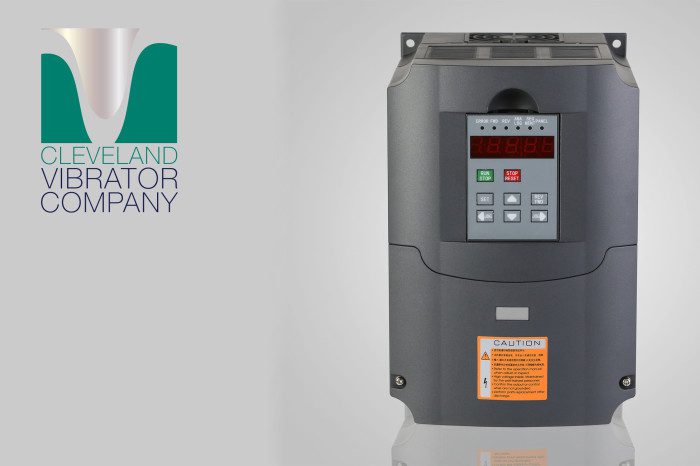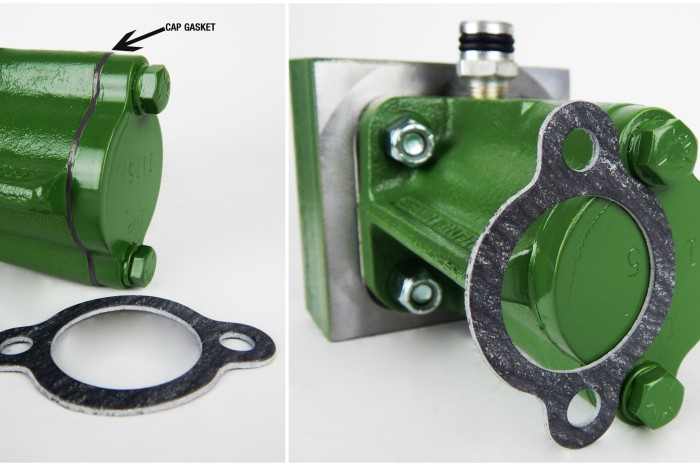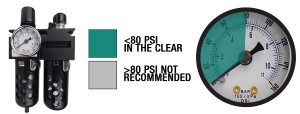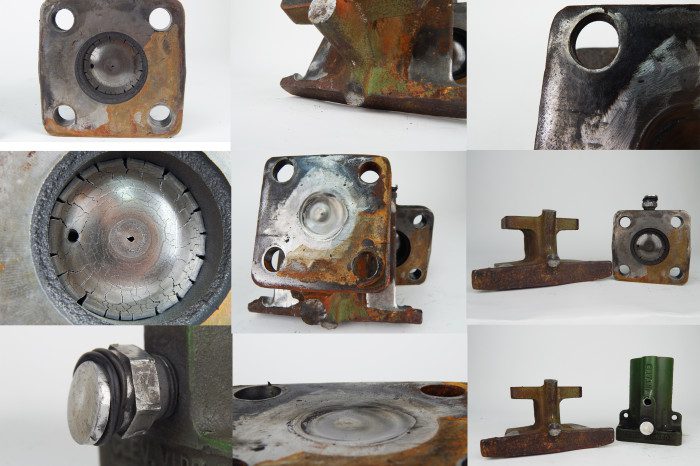There is something to be said about the functionality of a hammer. These tools can be used for a variety of applications, constructive or destructive purposes and are often lightweight components which makes them easy to carry around a shop floor. In this industry, we see and hear them used on day bins, surge bins, bulk storage hoppers, material transfer pipes and other similar equipment to break up bridging or rat-holing product and promote material flow. While this is certainly a quick fix and can help the material flow problems that day, there are a few potential long term issues that can arise when using a dead blow or sledge hammer to break loose the material.
First thing that comes to mind for the Cleveland Vibrator team, and most importantly in our eyes, is the safety of the operator. When using these hammers on bin or hopper, many times the operator is lifting the hammer above shoulder level and swinging up at a bin on a regular basis. Read More…
Share this blog post:


